NASA selects Axiom Space to develop Artemis spacesuit
Original Publication Date: 2022-09-08 11:00
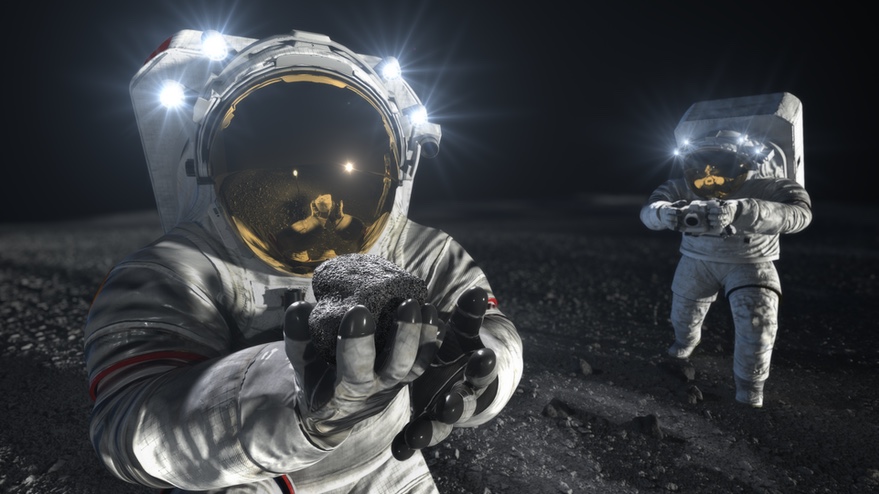
NASA awarded $228.5 million task order to Axiom Space to develop spacesuit. Space suit will be used on first Artemis landing mission, although design of suit remains under wraps. Axiom and Collins Aerospace won contracts in June for work on spacesuits. Both companies will be eligible for future task orders that will include ISS spacesuits.
Ariane 5 launches Konnect VHTS satellite for Eutelsat
Original Publication Date: 2022-09-08 10:14
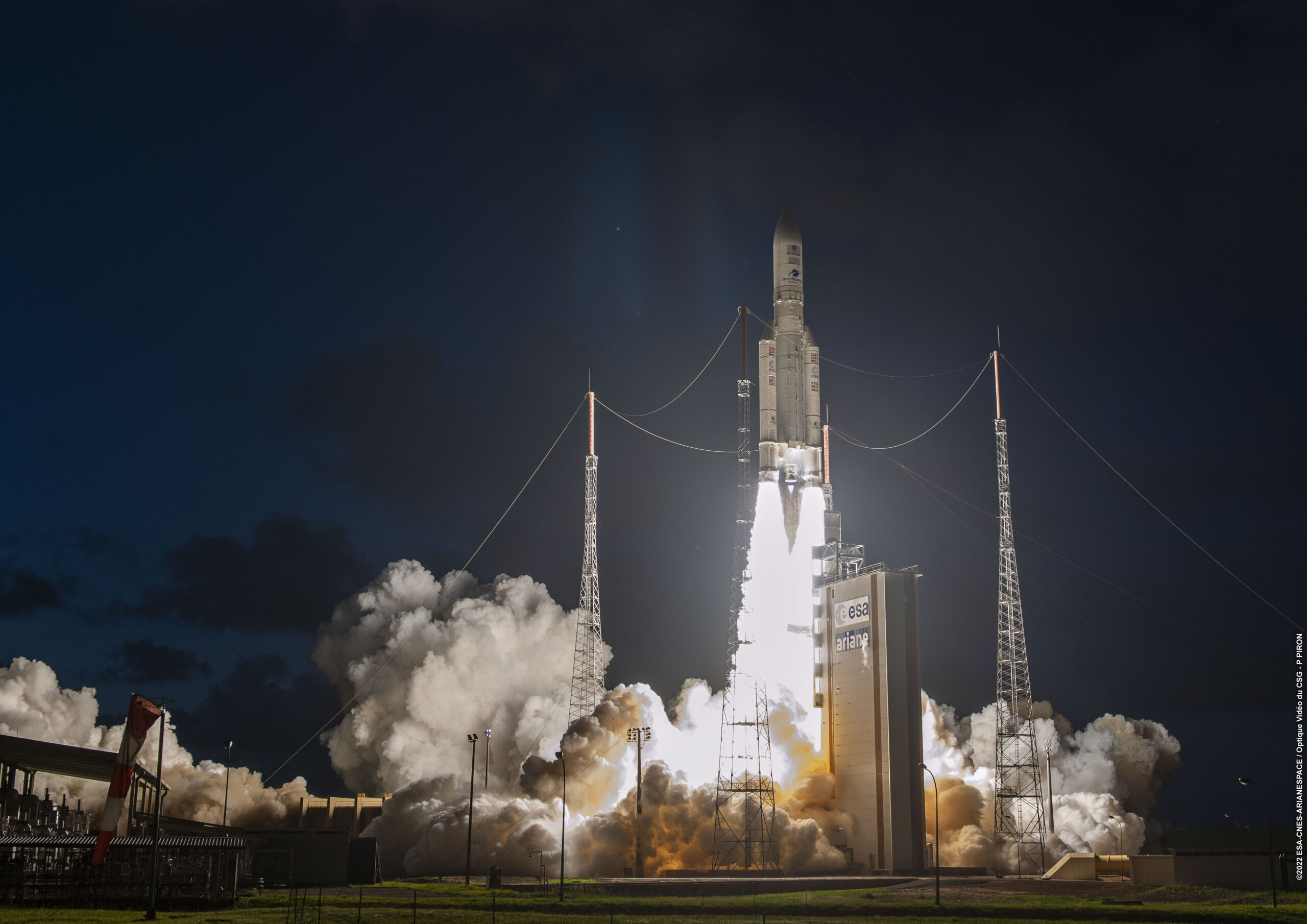
Arianespace launches the 6.5-ton Konnect VHTS satellite for Eutelsat Sept. 7. The Ariane 5 lifted off from the European Space Port in Kourou, French Guiana. The 8.9-meter-tall satellite will deliver 230 beams for high-speed broadband.
Beyond Gravity: Key supplier for constellations
Original Publication Date: 2022-09-08 13:45
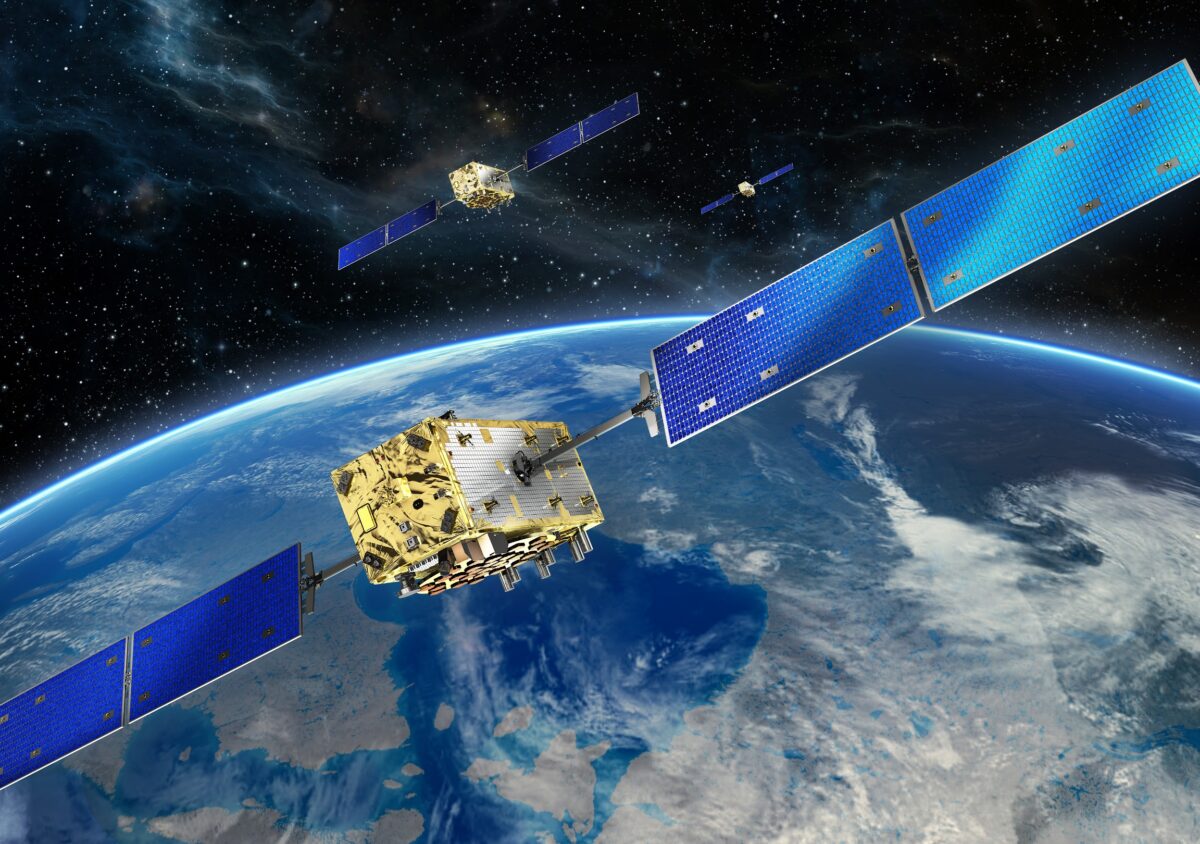
Beyond Gravity is a key supplier to satellite constellations. The international space supplier, headquartered in Switzerland, has manufacturing facilities in six countries. Dispensers and separation systems from Beyond Gravity have successfully placed more than 1’100 satellites into orbit. The dispensers successfully placed all currently 428 internet satellites in orbit of the OneWeb constellation as well as the satellites of the European navigation constellation Galileo.
SpaceX to launch five spare Iridium satellites
Original Publication Date: 2022-09-09 11:28
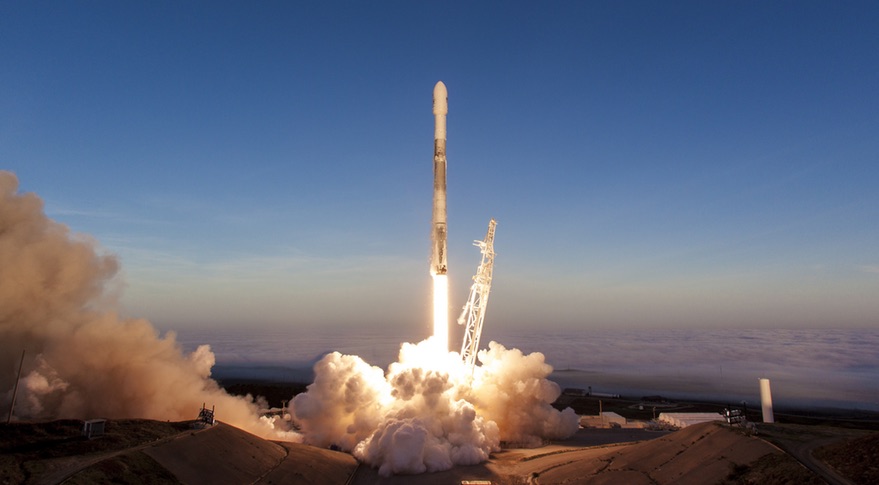
Iridium will launch five of its remaining six ground spare satellites on a Falcon 9 mission. The launch is scheduled for the middle of 2023 from Vandenberg Space Force Base in California. Iridium indicated earlier this year it was seeking to launch up to five of the remaining six spare satellites.
Private Chinese satellite internet firm GalaxySpace secures major new funding
Original Publication Date: 2022-09-09 08:27
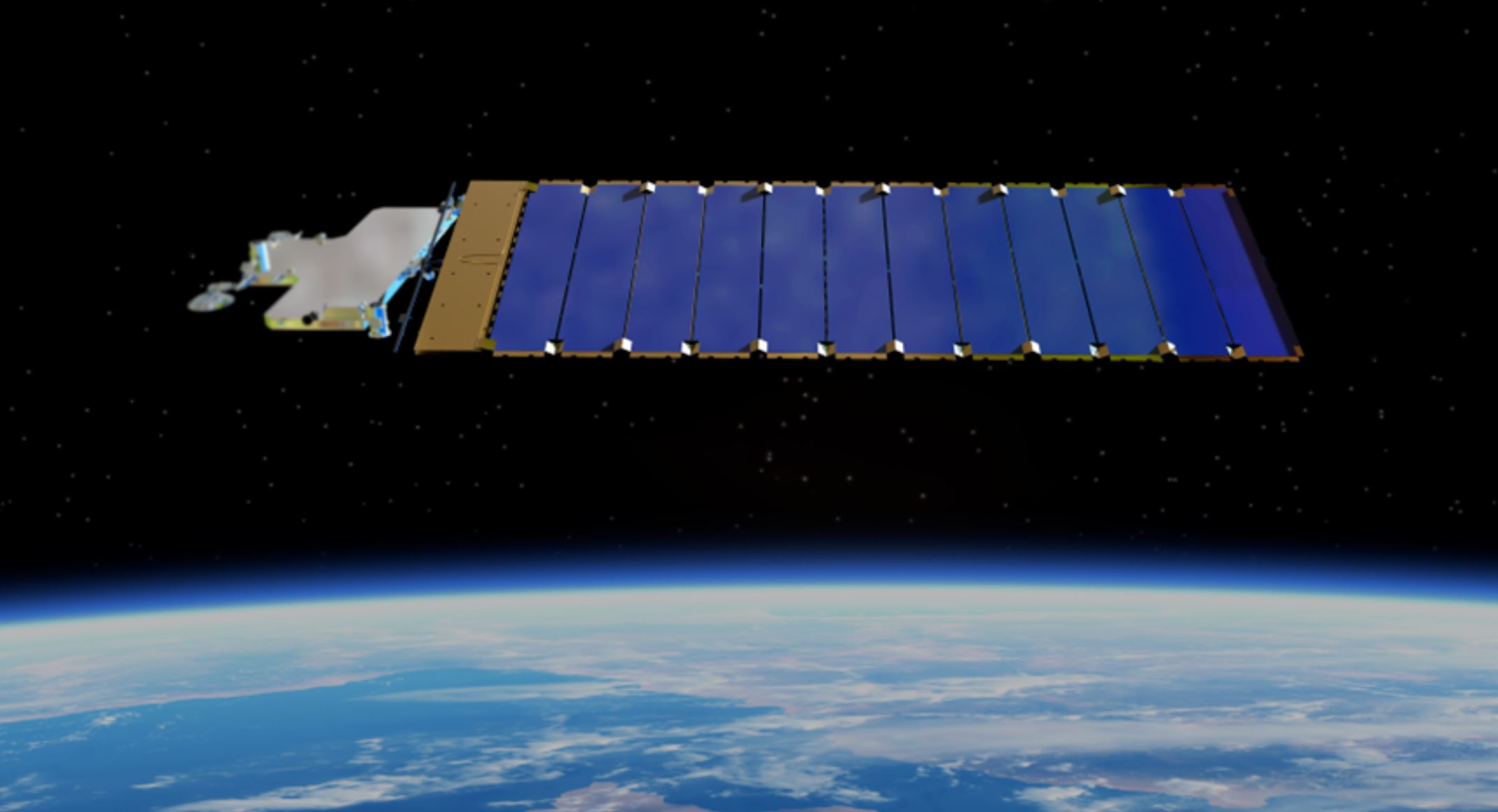
Company appears set to make major contributions to China's plans to boost its space infrastructure. Company unveiled a stackable satellite bus with a phased array flat panel antenna and flexible solar array in late August. In March GalaxySpace launched six communications satellites for an experimental network called the “Mini-spider constellation”
FCC to set five-year deadline for deorbiting LEO satellites
Original Publication Date: 2022-09-09 02:57
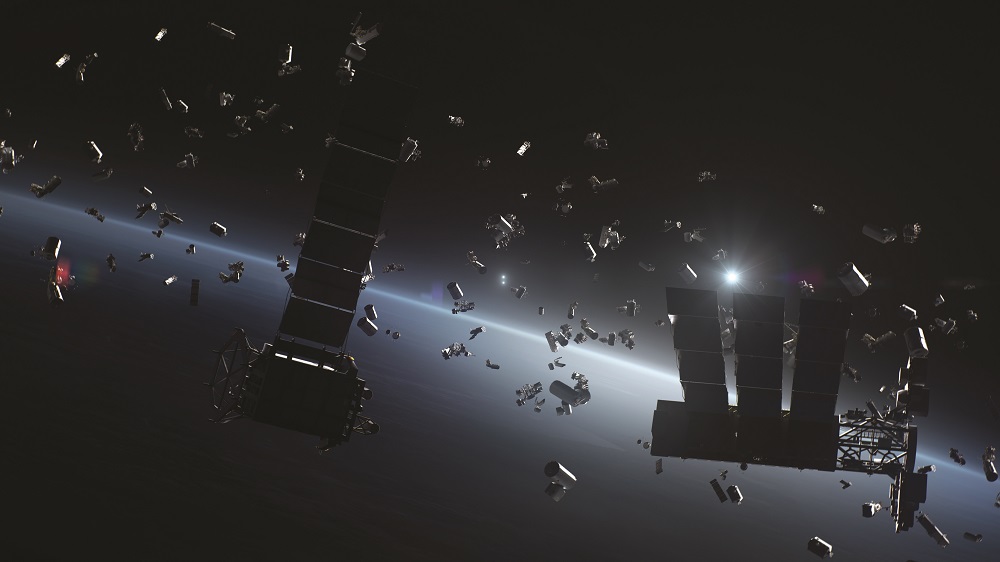
FCC issued a draft order Sept. 8 setting a “five-year rule’ for post-mission disposal of LEO satellites. The order would require spacecraft that end their missions to dispose of their spacecraft. The rule would apply to satellites launched two years after the order is adopted.
NASA preparing for late September Artemis 1 launch attempt
Original Publication Date: 2022-09-08 22:07
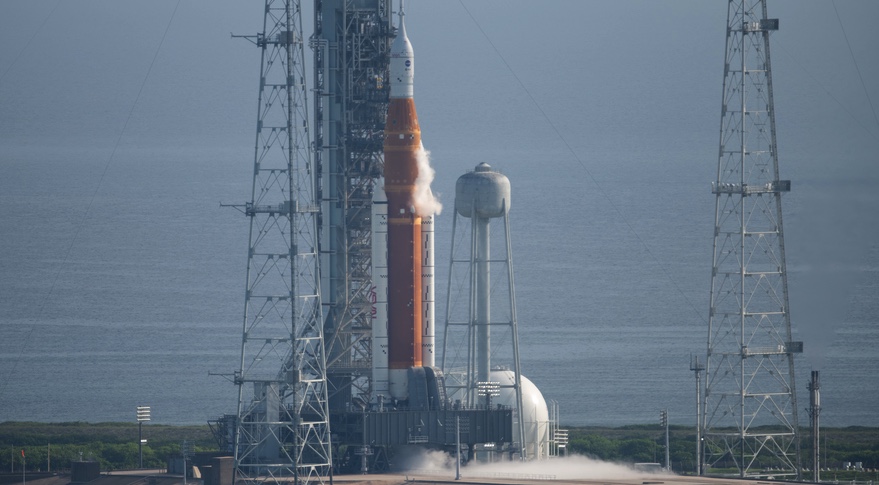
NASA is laying the groundwork for another attempt to launch the Space Launch System. The Artemis 1 mission was scrubbed two earlier launch attempts Aug. 29 and Sept. 3. The revised dates reflect upcoming work to remove and replace seals on two liquid hydrogen lines. Engineers are still investigating what caused the leak in the larger liquid hydrogen line.
NASASpaceFlight.com
The SSLV or Small Satellite Launch Vehicle conducted its launch debut from Sriharikota, India on Sunday, August 7 at 03:48 UTC. An issue with the fourth stage resulted in the satellites being deployed in an unusable orbit. The SSLV program’s genesis was a December 2015 National Institute of Advanced Studies proposal to create a “Small Satellite Launch Vehicle-1” to launch small national security payloads on demand.
Commercial Archives
Europe’s Ariane 5 rocket returned to action on September 7, deploying a high-power communications satellite for French operator Eutelsat. Liftoff from the Centre Spatial Guyanais in Kourou, French Guiana occurred on time at 6:45 PM local time (21:45 UTC)
International Archives
Europe’s Ariane 5 rocket returned to action on September 7, deploying a high-power communications satellite for French operator Eutelsat. Liftoff from the Centre Spatial Guyanais in Kourou, French Guiana occurred on time at 6:45 PM local time (21:45 UTC)
Chinese Long March 3B Launches APStar-6C Communications Satellite – Spaceflight101

China launches rare commercial rocket with APStar-6C communications satellite. Long March 3B lifted off from the Xichang Satellite Launch Center at 16:06 UTC. Will deliver VSAT services, video distribution, Direct-to-Home television and high-throughput cellular backhaul. Will join constellation of Geostationary Communications Satellites.
Blue Origin’s New Shepard Reaches new Heights in latest Test Flight – Spaceflight101

Blue Origin returned to its West Texas testing grounds on Sunday for the eighth flight of its reusable New Shepard launch system. Sunday’s flight marked the second for this particular set of hardware, following up on the successful December 2017 mission that debuted “Crew Capsule 2.0” The mission was designed to expand the vehicle’s operational envelope by sending it to a peak altitude of 107 Kilometers.
News – Spaceflight101

Europe's Copernicus satellite fleet is gearing up for the arrival of its next addition on Wednesday. A Russian Rockot booster set to blast off from the Plesetsk Cosmodrome at 17:57 UTC with the Sentinel-3B multi-function satellite.
ISS Updates – Spaceflight101 – International Space Station

A veteran NASA spacewalker and an EVA rookie from Japan ended their week with nearly six hours of work outside the International Space Station. The restoration of the Station’s Mobile Servicing System started last year and continued in January to provide Canadarm2 with a new pair of grappling hands.
Featured – Spaceflight101

A SpaceX Falcon 9 took to the skies over Florida’s Cape Canaveral Monday afternoon. It lifted a flight-proven Dragon spacecraft into orbit for a critical delivery of science gear, supplies and maintenance hardware. It is the first of at least six cargo ships inbound to the U.S. Segment of ISS this year.
Re-Entry: Long March 11 Rocket Body – Spaceflight101

The CZ-11 fourth stage used leftover propellant for a partial de-orbit maneuver, lowering its perigee to 120 Kilometers to significantly accelerate its orbital decay. It is reportedly built around a YF-50 main engine and conducts the orbital circularization after the three CZ-11 stages finish their job.
NASA’s AIRS Instrument Records Typhoon Hinnamnor Before Landfall

Airlines provides data that is improving weather forecasts and advancing our understanding of Earth's climate. AIRS, launched in 2002, was the first instrument to reveal the 3D distribution of rain within tropical storms like Hinnamnor. These 3D images have made a major contribution to knowledge of how hurricanes and typhoons develop, improving forecasts and saving lives.
A Cosmic Tarantula, Caught by NASA’s Webb

The Tarantula Nebula has a similar type of chemical composition as the gigantic star-forming regions observed at the universe’s ‘cosmic noon’ Webb will provide astronomers the opportunity to compare and contrast observations of star formation in the Tarantula Nebula with the telescope’s deep observations of distant galaxies from the actual era of cosmic noon.
NASA’s Webb Takes Its First-Ever Direct Image of Distant World

Astronomers have used NASA’s James Webb Space Telescope (JWST) to take a direct image of a planet outside our solar system. The exoplanet is a gas giant, meaning it has no rocky surface and is not habitable. The finding is detailed in NASA’s latest JWST blog entry.
Explore the Solar System With NASA’s New-and-Improved 3D ‘Eyes’

Learn the basics about dwarf planets or the finer points of gas giants. Ride alongside no fewer than 126 space missions past and present. Scroll through rich interactive journeys, including Voyager's Grand Tour of Jupiter, Saturn, Uranus, and Neptune. You can rotate objects, compare them side by side, and even modulate the perspective as well as the lighting.
Engineers Solve Data Glitch on NASA’s Voyager 1
Engineers have repaired an issue affecting data from NASA’s Voyager 1 spacecraft. Earlier this year, the probe’s attitude articulation and control system began sending garbled information about its health and activities. The team has since located the source of the garbled information: The AACS had started sending the telemetry data through an onboard computer known to have stopped working years ago.
NASA’s Webb Detects Carbon Dioxide in Exoplanet Atmosphere

Researchers used Webb’s Near-Infrared Spectrograph to study atmosphere of WASP-39 b. They found the first clear evidence for carbon dioxide ever detected in a planet outside the solar system. No observatory has ever measured subtle differences in brightness of so many individual colors across the 3- to 5.5-micron range.
NASA Helps Minority-Serving Institutions Refine Tech Proposals
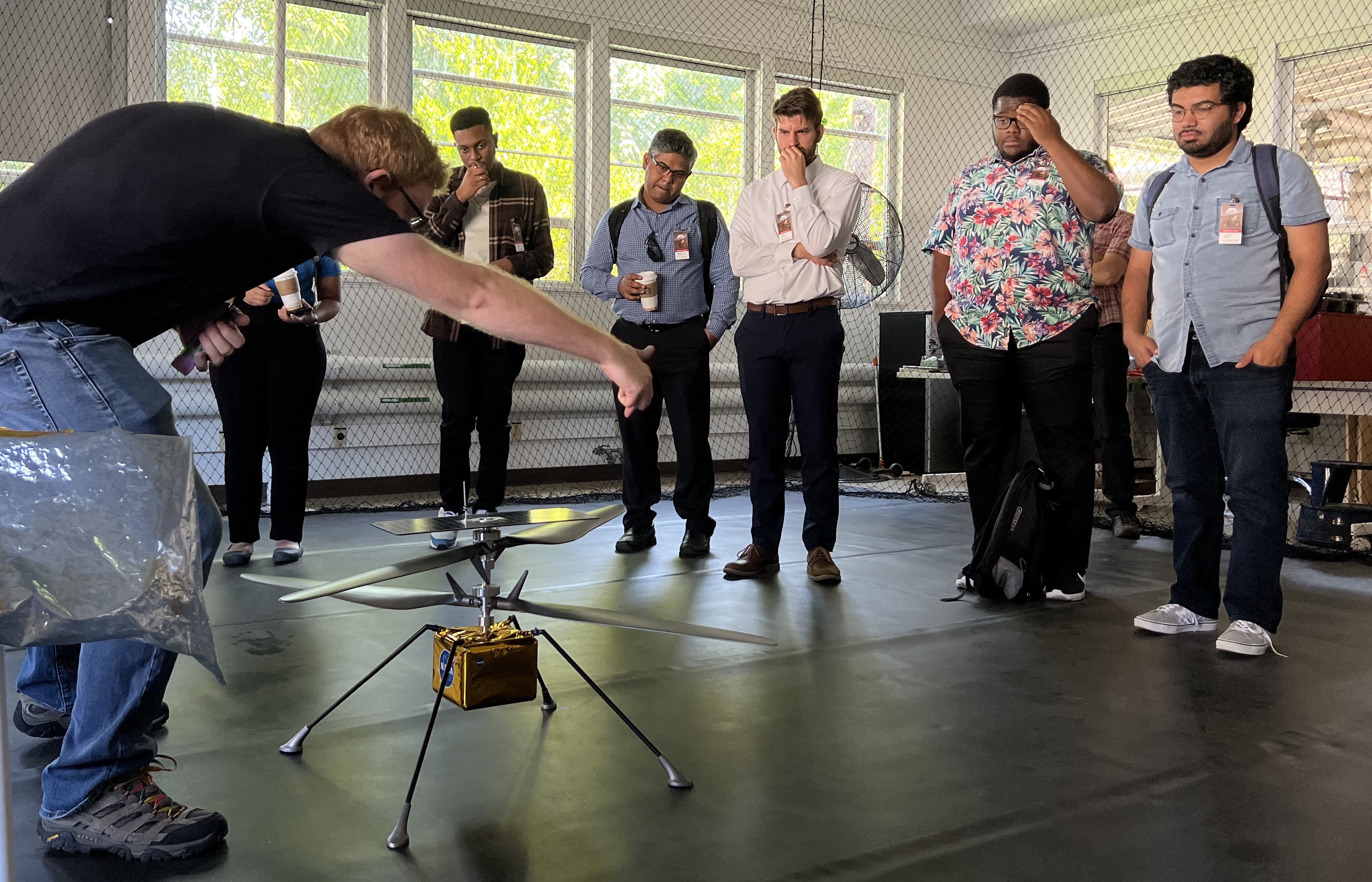
The MSI Space Accelerator is a partnership between NASA and minority-serving universities. The teams got in-person feedback to hone their projects. The teams received awards of $50,000 as prizes for their initial concepts. The program’s goal of promoting entrepreneurship took a leap forward when each team established themselves as limited liability corporations.

